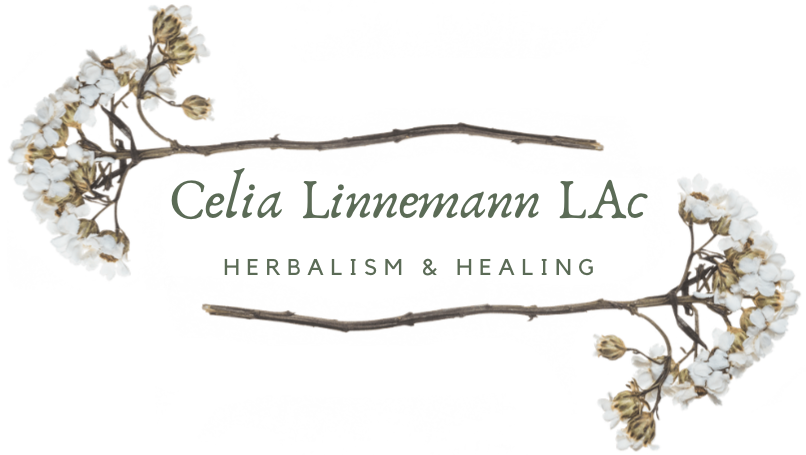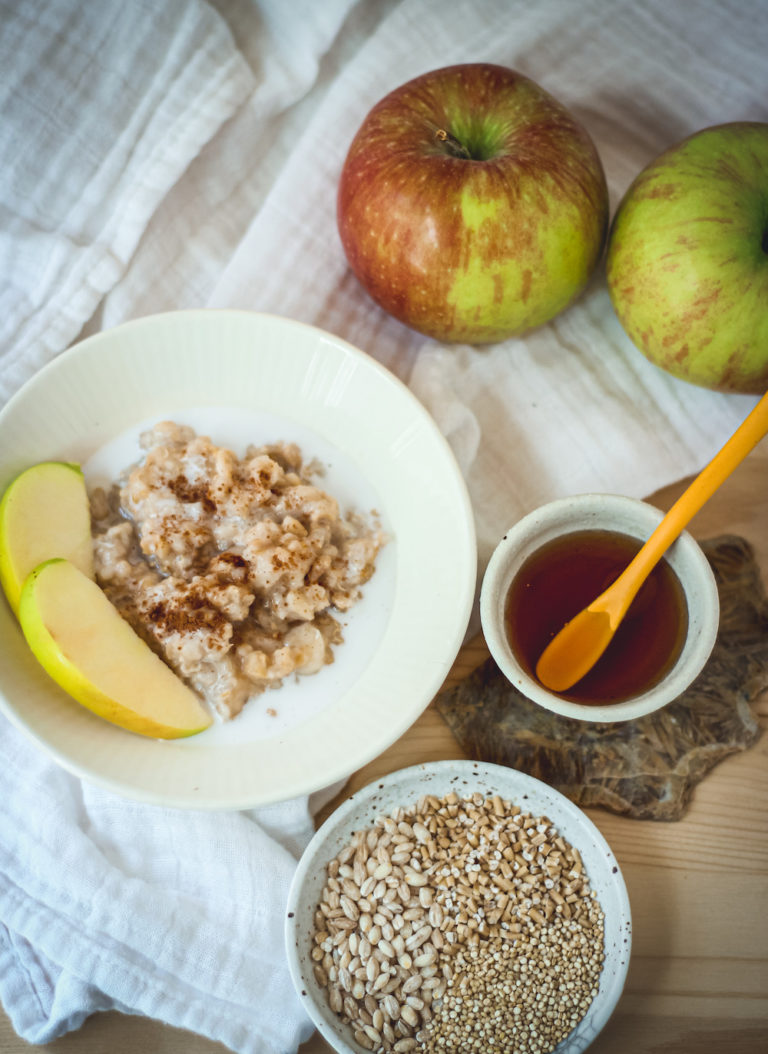Western Herbal Tincture Blending with Chinese Formulating Principles
It’s probably no surprise that I prefer tea over tinctures. Yet, I often use tinctures for both myself and for others because of their ease of use. There’s no waiting for a pot of tea to brew, nor do you have to take cups of tea to work with you! Tinctures have many benefits beyond these; the alcohol is a perfect medium to extract certain chemical constituents to create a concentrated herbal extract with a fairly long shelf life.
Yesterday on the Summer Solstice, I used Chinese herbal formulating principles to create a Harmonizing tincture blend to soothe my acute upset stomach.
The term ‘Harmonizing’ in Chinese medicine means to balance an interrelated Excess and Deficiency pattern, and that was exactly what I was feeling. The Spleen Qi was stuck because it was just simply stuck and there wasn’t enough vitality for it to move properly. I experienced a stuck and bloated feeling in my solar plexus simultaneously with a slightly gnawing, acidic emptiness. Underlying were sluggish bowels and vague abdominal tension.
In Chinese formulation, there are different classes of herbs which comprise a formula. Usually there are 3, 4, 5 or more herbs in a formula, although there are several well-known 2 herb formulas (Dang Gui and Huang Qi, for example). Herbs are rarely used by themselves, a practice often used in Western herbalism.
- Lead Herb (Emperor): The herb which is generating the overall function of the formula.
- Supporting Herb (Deputy): This herb further supports the goal of the formula and often shares a similar function to the Lead herb, though often weaker in function.
- Assisting Herb: May have various actions; either addresses an underlying treatment principle which may be different than the Lead and Supporting herb, supports the Lead and Supporting herb even more, harmonizes the effects of an harsh herb, or addresses symptoms.
- Harmonizing: I place herbs that harmonize the entire formula (as opposed to the effect of just one herb, as is a characteristic of an Assisting herb) in their own group.
- Guiding Herb (Envoy): Directs the formula to an organ or channel (area of the body), or further harmonizes.
I picked 2 herbs for my Lead herb spot: Panax Ginseng and Sweet Root (Oregon relative to Sweet Cicely, Myrrhis odorata), because I wanted to both Tonify Spleen Qi (with Ginseng) and gently move Qi and dry damp with a calming aromatic (Sweet Root).
The Supporting herb position is held by the ever-dependable and cheery Chamomile. It is perfect here because it is a gentle Qi mover with it’s subtle bitterness, but it also is calming and soothing to an irritated stomach like Sweet Root, so it supports both of my lead herbs.
I took another direction, albeit somewhat related, with the Assistant herbs. Bitter Yellow Dock was chosen to support the secretion and movement of bile as a way to get Qi flowing in the intestines (as well as do some Heat Clearing in Chinese Medicine terms). Because Yellow Dock can be a moderately strong mover, and because bitter herbs can be a bit too drying to my already irritated stomach, I added Oregon Peony Root to soften, cool and overall be motherly to the Spleen. It moderates and tonifies Blood and Yin, and is an excellent soother of abdominal tension and cramps.
I love adding hydrosols to my formulas. They mellow the taste of both the alcohol and any strong herbs, while adding an aromatic, directly soothing essential-oil action right for the mucus membranes. I used Chamomile and Fennel to make the formula both more flavorful and digestible, so they were my Harmonizers.
The concept of Guiding herbs is as archetypal as it is physical. For mine, I chose Rose. It’s not a typical Guiding herb, although it is strongly associated with circulation and heart. I really wanted to use Licorice, but I don’t have any in tincture as of now (got to make some ASAP!). Rose is sweet and fragrant and calms all sorts of inflammatory states. Rose moves Liver Qi as well, so it fits in with the Qi moving aspects of the formula.
Here’s my overall dose ratios:
- Sweet Root – 18 drops
- Ginseng – 6 drops
- Chamomile – 18 drops
- Yellow Dock – 12 drops
- White Peony – 18 drops
- Chamomile Hydrosol – 2 dropperfuls
- Fennel Hydrosol – 2 dropperfuls
- Rose – 9 drops
I just made one little dose in a cup, and that was all I needed! Within a minuet I already felt movement in my stuck belly.










